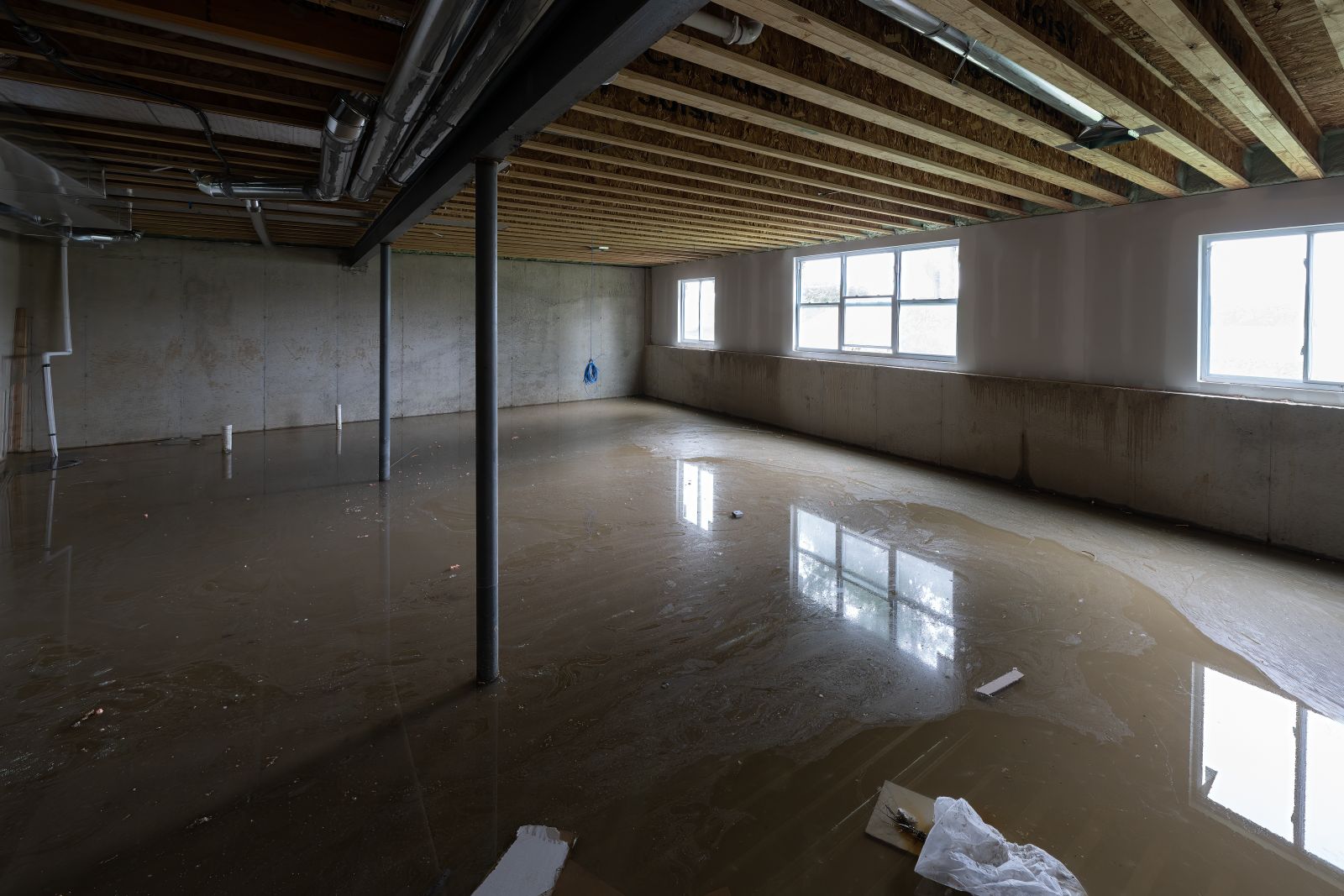
Found water damage in your home? Don't worry! This guide will show you how to fix it. We'll cover the essential steps for water damage restoration. You'll learn what to do when disaster hits, from safety first to drying out your space.
Our advice will help you act quickly and wisely. You'll discover how to stop water from flowing, remove it, and prevent mold. We'll guide you on getting the help you need for water damage. With our tips, you can face this issue confidently.
Are you ready to start? Let's see how to safeguard your home and stuff from water damage. Remember, acting fast is crucial in getting help for water damage. Let's begin your journey to fixing your home!
Water damage can happen suddenly, leaving you unsure of what to do. It's important to act fast to reduce damage and start cleaning up. Here's a simple guide to help you handle the situation well.
First, make sure you're safe before diving into cleanup. Turn off electricity in the affected areas and wear protective gear like rubber boots and gloves. Be careful of any sagging ceilings or unstable floors that could be dangerous.
Try to find and stop the water source if you can. This might mean turning off the main water valve or fixing a burst pipe. If it's a natural flood, wait for the water to go down before you start cleaning up.
Once it's safe, start removing standing water. Use pumps, wet vacuums, or buckets to get rid of the water. The faster you remove the water, the less damage you'll have to fix later.
Take photos and videos of all the damaged areas before you start cleaning. This is important for insurance claims. Make a list of what's damaged, including their value and when you bought them if you remember.
If the damage is too much for you to handle, get professional help. Don't wait to call experts if it feels too much. Acting fast and documenting everything are key when dealing with water damage.
After removing water, drying out is key. It stops more damage and helps fix the water damage. Quick action and the right methods are crucial.
Begin by opening windows and doors for better air flow. This lets moisture leave naturally. For quicker drying, use fans to move air around. Place them to push damp air out.
Dehumidifiers are important for drying out. They take moisture from the air, speeding up drying. Put them in damp areas and empty their tanks often to keep them working well.
Check for hidden moisture too. Look inside walls, under floors, and in crawl spaces. Use moisture meters to find damp spots that aren't seen. Fixing these areas stops mold and damage.
Watch the drying process every day. Keep using equipment until everything is dry. This careful drying ensures the water damage is fully fixed and prevents future issues.
After water damage, it's key to prevent mold growth. Acting fast can save you from expensive repairs and health issues later. Here are some important steps to keep your home safe and dry.
Begin by removing wet carpets, furniture, and other items. This is crucial for stopping mold before it starts. If you're unsure about moving heavy or valuable items, call professional water damage services for help.
Use dehumidifiers and fans to dry out the affected areas. Good air flow is crucial for stopping mold. Open windows if the weather allows. For big water damage, you might need industrial equipment from professional restoration services.
Once the area is dry, clean and disinfect all surfaces to kill mold spores. Use the right cleaning solutions for each material. Remember, cleaning well is key to preventing more damage. If you're filing insurance claims, take photos of the cleaning as proof.
First, make sure everyone is safe. Then, find where the water came from and stop it if you can. Use mops, towels, or a wet/dry vacuum to remove water. Lastly, take photos or videos of the damage for insurance.
It's key to dry your home well to stop more damage and mold. Open windows and doors for air flow. Use fans, dehumidifiers, and air movers to dry out areas. For big or tricky drying jobs, think about getting help from a professional water damage company.
Quickly remove wet stuff like carpets, furniture, or drywall. Use dehumidifiers and air movers to lower humidity. Clean with antimicrobial solutions. If you see mold, it's best to call a mold removal expert.
For small water damage, you might fix it yourself. But for big or complicated issues, it's smart to get help. Pros have the right tools and know-how to dry your home well, stop mold, and fix damaged areas.
Start by documenting the damage with photos and videos. Then, call your insurance company right away to report the claim. Tell them about the damage cause, how bad it is, and what repairs you need. Follow what your insurer says and give them any documents they ask for.